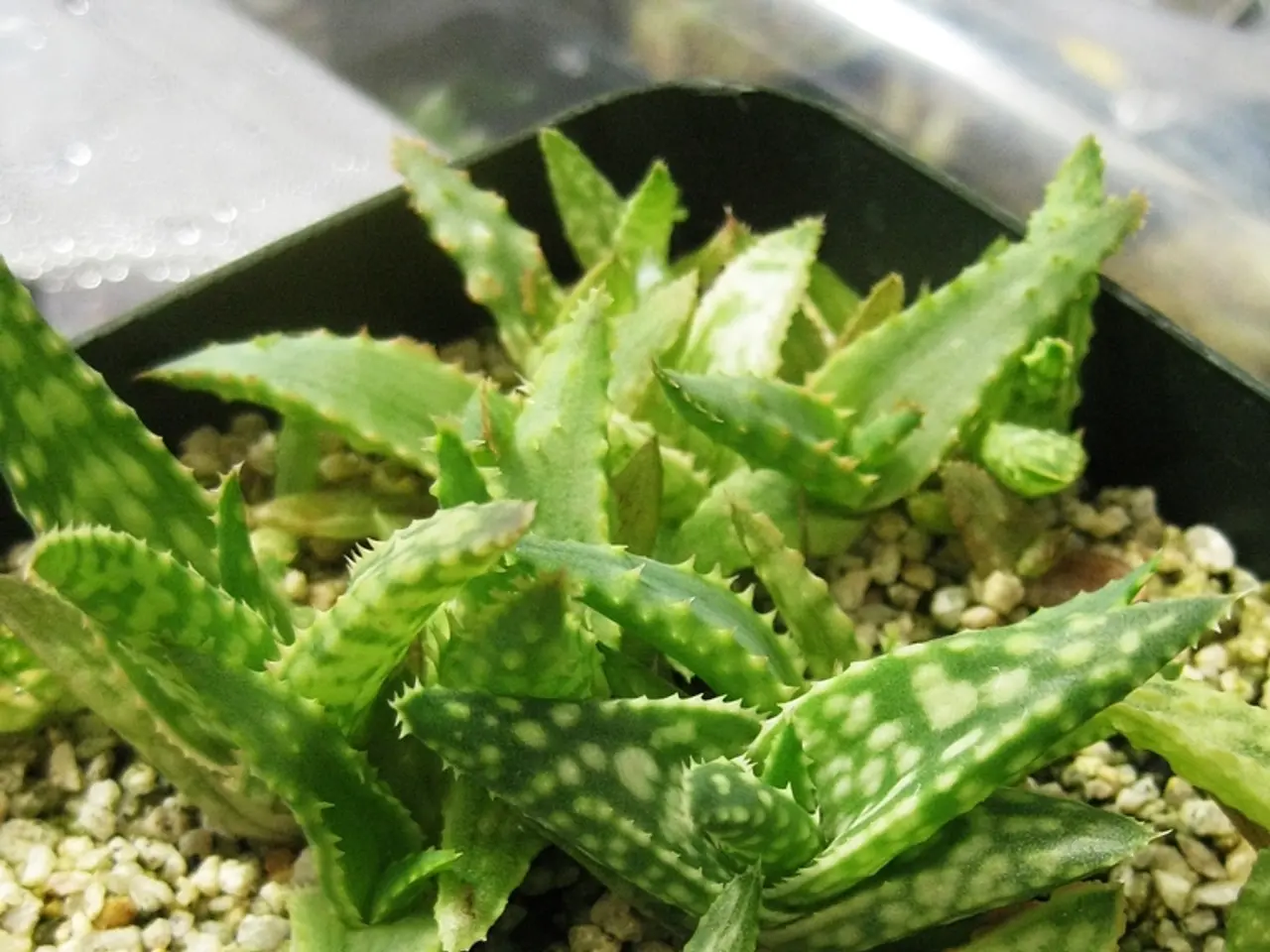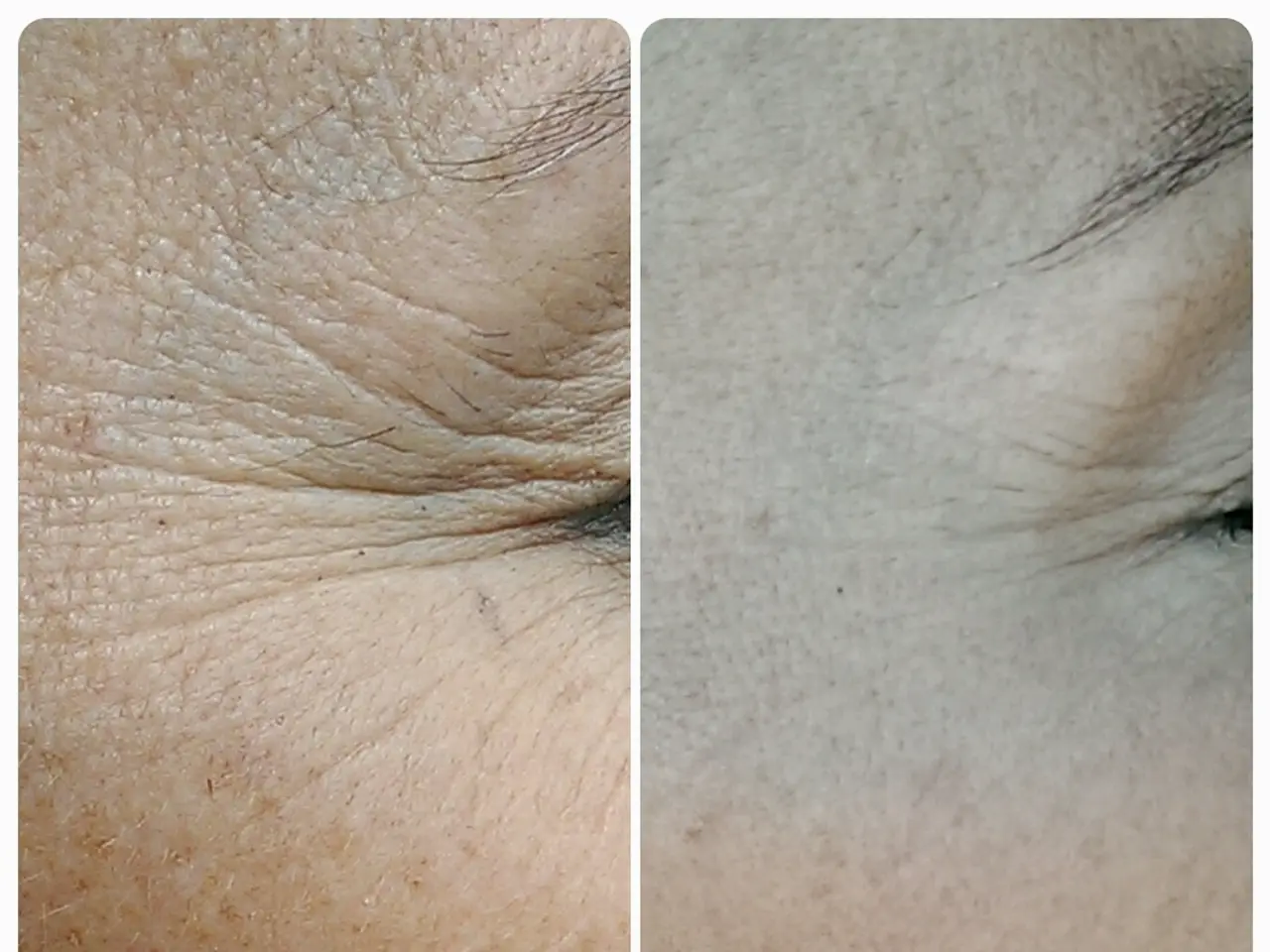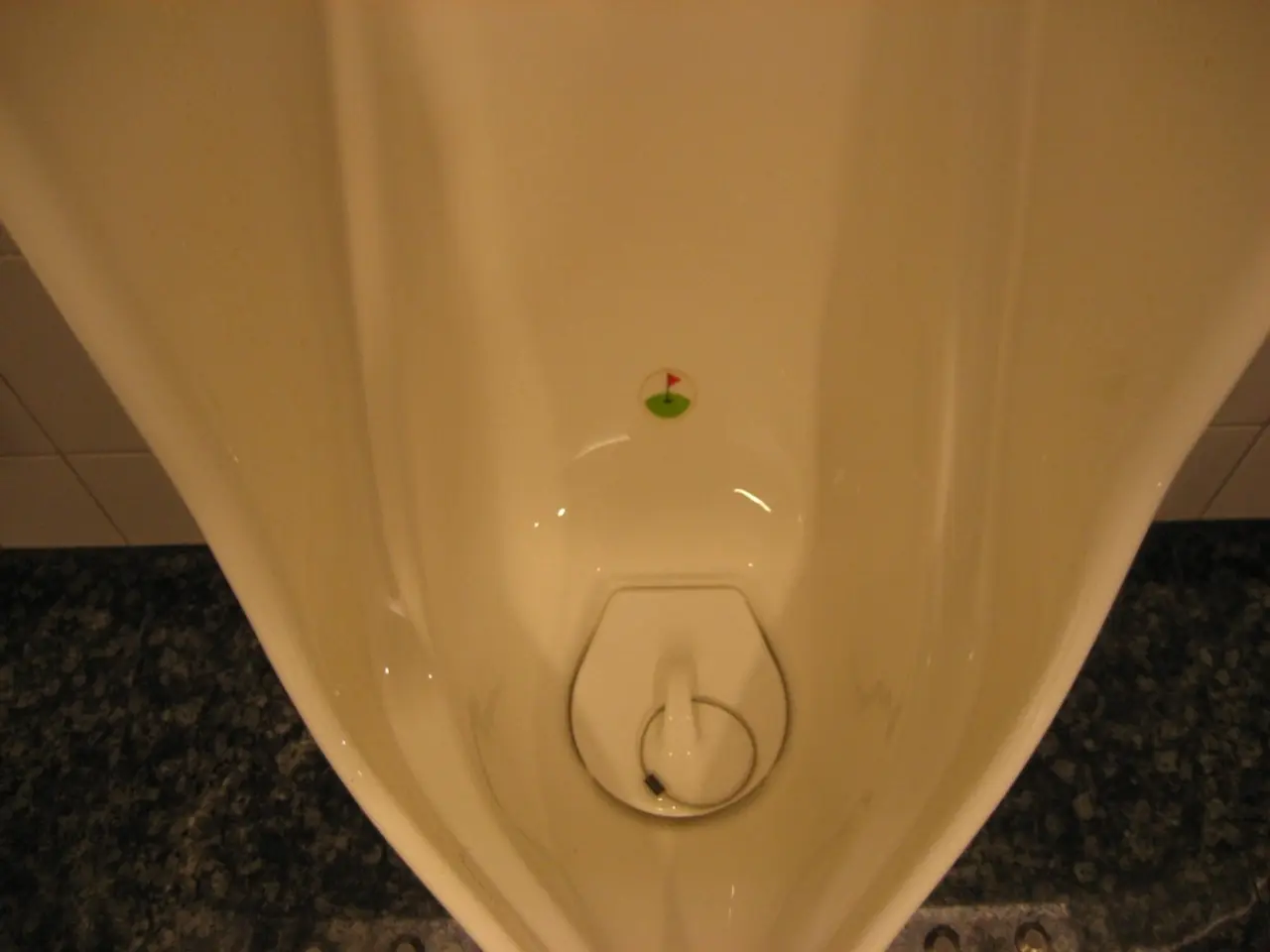Unfiltered Guide to Hoarding Disorder
Compulsive Hoarding: Guidance for Individuals Struggling with Hoarding Issues
What is hoarding disorder, you ask? It's a persistent difficulty in tossing-out even the useless shit, usually accompanied by an unhealthy attachment to your junk. It results in a fucking messy, cramped, and potentially dangerous living space.
Yeah, we've all got our cluttered corners and troubles letting go of old stuff, but this bad boy takes it to the extreme. You know, the kind of hoarding where you've got mountains of useless crap, from newspapers to food containers, piled so high that rooms are unreachable? That shit is hoarding disorder.
Now, why the fuck do people do this? Well, hoarding disorder runs in families, and it can develop after a stressful event like a divorce, death, or job loss. Many people with hoarding disorder attach emotions to their possessions and view them as part of themselves or their relationships. Tossing them out can feel like nonsense, ending a relationship, or throwing away a piece of your identity.
So, what are some of the fucking awful consequences of hoarding disorder? You could be looking at health hazards, restricted ability to maintain hygiene, bug infestations, fire risk, strained relationships, social isolation, lost employment, and eviction. Yeah, it's a fucking nightmare.
But guess what? There's hope, even if it's tough as fuck to admit there's a problem and take the first step towards changing things. Here's some ways you can tackle it:
- Make a pros and cons list for change. List advantages like regaining control over your living space or rebuilding relationships, and disadvantages like having to toss out things you might need later.
- Start small and take it one step at a time. Sort your shit, decide what to do with it, and OHIO (Only Handle It Once). Go easy on yourself, and celebrate your successes along the way.
- Improve your decision-making by challenging anxious thoughts and asking functional questions like, "Have I used this in the last year?" or "Do I have enough space for this?"
- Find digital alternatives for stuff like photos, books, music, and magazines to make letting go a little easier.
- Embrace discomfort and practice urge surfing to cope with the anxiety of tossing out your shit.
- Adopt a mindfulness practice to stay grounded in the present and lessen negative thoughts about the past or future.
- Identify your triggers for acquiring more shit to make lasting changes in your compulsive behavior.
- Get support from friends, family, support groups, or a licensed therapist to help you navigate the shitty journey to a clutter-free life.
Don't be shy, there's help out there and you don't have to do this alone. Face your shit, kick hoarding's ass, and take charge of your life and living space.
Bonus Info:
- Animal Hoarding: Continued accumulation of pets despite being unable to provide proper care can cause dangerous living conditions, bug infestations, and health problems. It can lead to isolation, eviction, and legal action.
- Hoarding Disorder vs. OCD: While OCD sufferers may accumulate possessions due to negative emotions, hoarding disorder patients experience both positive and negative emotions, deriving pleasure from acquiring a new thing, but distress when it comes time to toss it away.
BetterHelp is an online therapy service that pairs you with licensed, professional therapists who can help with various mental health issues, including hoarding disorder. Take the assessment to get started today!
[Sources:1. Frost, R. O., & Hartl, G. M. (2008). Hoarding: too much is never enough. American Psychologist, 63(6), 527-534.2. Tolin, D. F., Frost, R. O., & Steketee, G. (2007). A cognitive-behavioral therapist’s guide to treating compulsive hoarding: working with clients and families. New York: Oxford University Press.3. Fuqua, H. N. (2009). The psychology of clutter: insight from the consumer's closet. Journal of consumer psychology, 20(1), 22-30.4. Allen, Madelyn S., Gregory R. Burns, and David A. Castonguay, eds. 2005. Emotional process, experiential examining, and therapeutic change: A decade of progress. New York, NY: Academic Press.5. van den Hout, M. A. J., & Turner, J. C. (2015). Approaches to understanding and treating compulsive hoarding. Current psychiatry reports, 17(6), 41.]
Here are two sentences that follow from the given text and incorporate the suggested words:- Mental health professionals may suggest stress management techniques, such as mindfulness practices and urge surfing, to help individuals with hoarding disorder overcome the anxiety associated with discarding possessions.- A comprehensive health-and-wellness approach may include addressing not only the physical hazards of hoarding disorder but also ensuring proper nutrition and mental health support for affected individuals.








